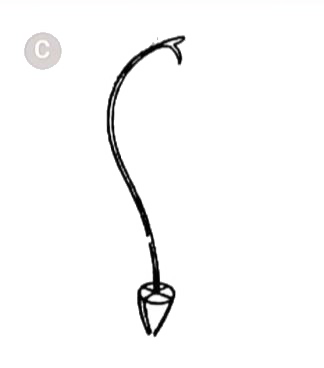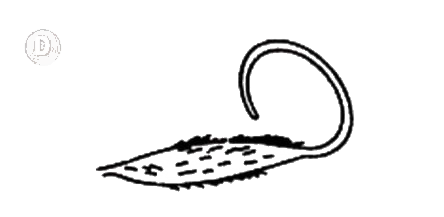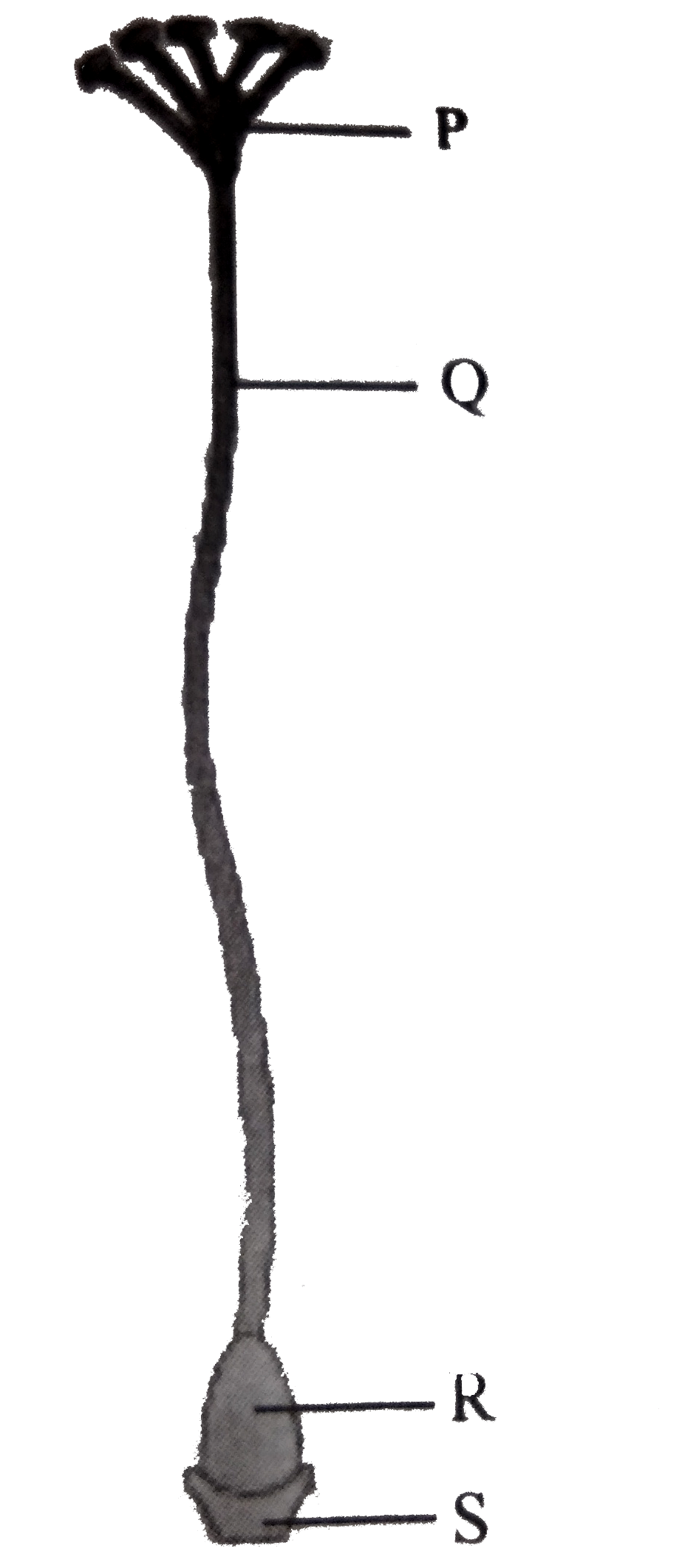Which of the following type of gynoecium is associated by wind pollination




To solve the question "Which of the following type of gynoecium is associated with wind pollination?", we can follow these steps:
Step 1: Understand the Concept of Gynoecium
- The gynoecium is the female reproductive part of a flower, consisting of one or more carpels. Each carpel has three main parts: the ovary, style, and stigma.
Hint: Remember that the gynoecium is crucial for reproduction in flowering plants and is made up of carpels.
Step 2: Identify Wind Pollination
- Wind pollination is known as anemophily. Plants that rely on wind for pollination typically produce large amounts of lightweight, dry pollen that can be easily carried by air currents.
Hint: Anemophilous plants do not attract pollinators with bright flowers or scents; they focus on producing pollen that can travel through the air.
Step 3: Characteristics of Anemophilous Plants
- These plants often have small, plain flowers with:
- Long, well-exposed stamens to release pollen into the wind.
- Large, feathery stigmas to catch airborne pollen.
Hint: Look for features like feathery stigmas and exposed stamens in the diagrams provided.
Step 4: Analyze the Given Diagrams
- Examine each diagram (A, B, C, D) to identify which one has the characteristics of anemophilous plants:
- Diagram A: Sticky stigma, likely for insect pollination.
- Diagram B: Feathery stigma, suitable for catching wind-borne pollen.
- Diagram C: Hook-like stigma, again likely for insect pollination.
- Diagram D: Similar to A and C, not suited for wind pollination.
Hint: Focus on the stigma's structure; feathery stigmas are indicative of wind pollination.
Step 5: Conclusion
- Based on the analysis, the correct answer is Diagram B, which has the feathery stigma that can effectively trap pollen from the wind.
Final Answer: The type of gynoecium associated with wind pollination is represented by Diagram B.
- The gynoecium is the female reproductive part of a flower, consisting of one or more carpels. Each carpel has three main parts: the ovary, style, and stigma.
- Wind pollination is known as anemophily. Plants that rely on wind for pollination typically produce large amounts of lightweight, dry pollen that can be easily carried by air currents.
- These plants often have small, plain flowers with:
- Long, well-exposed stamens to release pollen into the wind.
- Large, feathery stigmas to catch airborne pollen.
- Examine each diagram (A, B, C, D) to identify which one has the characteristics of anemophilous plants:
- Diagram A: Sticky stigma, likely for insect pollination.
- Diagram B: Feathery stigma, suitable for catching wind-borne pollen.
- Diagram C: Hook-like stigma, again likely for insect pollination.
- Diagram D: Similar to A and C, not suited for wind pollination.
- Based on the analysis, the correct answer is Diagram B, which has the feathery stigma that can effectively trap pollen from the wind.
Similar Questions
Knowledge Check
- Question 1 - Select One
Which of the following associations is incorrect?
ALateral line-fishesBCompound eye-arthropodsCCamera type eye-squidDStatocysts-sea stars - Question 2 - Select One
Which of the following labelled part of gynoecium determines the compatible nature of pollen?
 APBQCRDS
APBQCRDS
Which of the following is pollinated by bats ?
View SolutionWhich of the following type of pollination is present in santalum ?
View SolutionWhich of the following flowers are pollinated by honey bees ?
View SolutionWhich of the following is not associated with HGP-
View SolutionThe insect Blastophaga grossorum is associated with the pollination of
View Solution
Which of the following best describes the type of association shown in the scatterplot above?View Solution
